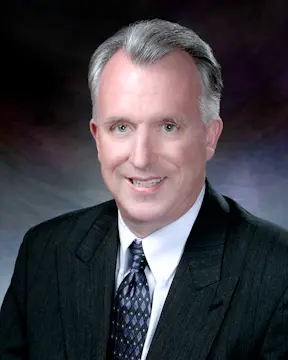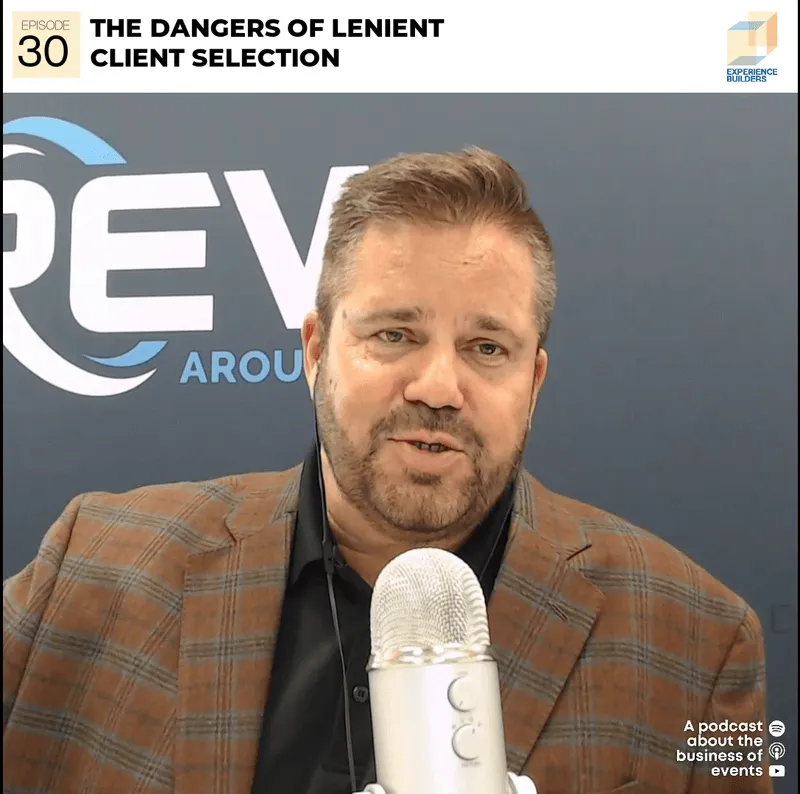by Emily Olson
Mike Boone is the director of international business at Coastal International, Inc., an Exhibitor Appointed Contractor (EAC) that provides booth installation and dismantling services for their customers. As Boone prepared for the Kitchen and Bath Innovations Show (KBIS), which takes place in Las Vegas in January, he received a bill from the show manager outlining a flat $300 per booth EAC fee his organization would be responsible for, regardless of booth size.
Amy Johnson is the tradeshow services manager at Coastal and incredibly, all of the information about which show managers apply EAC fees and which ones don’t lives in her head. Show managers justify the EAC fee by saying they go toward administrative, security and liability costs. But Johnson has some questions. “The vast majority of show managers do not charge these fees,” she says. “Why does one show consider administrative costs a burden when another doesn’t?”
Jim Wurm, executive director of the Exhibitor Appointed Contractor Association (EACA), says The EACA started because of EAC fees, which Wurm says can be traced back to the relationship between a show organizer and their general contractor (GC). “In the mid-90s, there was a feeding frenzy,” he says. “For-profit organizations were buying events because they’re high profit. The cash flow is amazing.”
As in any feeding frenzy, however, excitement sometimes overrode common sense, and purchasers often overpaid for events. As a result, they sought ways to get their investment back faster, and one of the first ways they did that was to approach the general contractor. Wurm explains, “They’d go to the general contractor and say, ‘I want the same services, but I don’t want a bill.’”
But show managers don’t want only to minimize their expenses. They also want to work with the general contractor to maximize their revenue. Wurm explains, “Many shows that charge fees also have a revenue share relationship with their GC [general contractor]. The EAC fee is an outgrowth of that cozy relationship.”
Johnson wonders if all the talk about the necessity of security and extra insurance surrounding EACs is show managers’ attempts to steer exhibitors away from using EACs in favor of using their own providers. “Seasoned exhibitors get it,” she says. “But if you’re a first-time exhibitor, the fine print might make you question using an EAC.”
Wurm confirms Johnson’s speculation. “Shows charge fees to generate revenue while disincentivizing their exhibitors to hire EACs. When an exhibitor uses the GC instead of an EAC, the show profits from the revenue share relationship.”
Chris Griffin, president of Crew XP and incoming EDPA president says eliminating EACs from the tradeshow floor would be a mistake. “If the EACs didn’t come in, who would set up the show?” he asks. “There just isn’t the labor to do it. And certainly not with the customer service exhibitors need.”
EACs are all about providing customer service, and that’s largely where the breakdown in understanding starts. “Show organizers consider the general contractor customer service. But the general contractor doesn’t view the exhibitor as their customer. Instead the show is their customer,” Wurm says. “So who is servicing the exhibitor? If they want good service, they hire an EAC, but then they get penalized for it.”
Show managers view the EAC fees as an EAC’s responsibility, but EACs often can’t absorb that fee and simply must pass it to their clients. Jessica Sibila, executive director of The Exhibitor Advocate, recognizes this as one of the challenges exhibitors face. “Exhibitors want laborers who are familiar with their booths, particularly if the booth is technically complex,” she says. “And why should exhibitors have to pay extra for that? Why should they have to pay for that at some shows and not at others? That’s one of the things we advocate for—not only a simpler fee structure, but for regulation of those fees.”
“The fear that those of us who have been in the industry for a while hold is that at some point, the exhibitor is going to get so frustrated that they’ll leave the show floor,” Griffin says. “Why are we charging fees to the people we’re desperate to have return to the industry? After the pandemic years, I’m super grateful for 2022, but people are still figuring out their budgets. They’re exhibiting in smaller footprints. Everyone’s concerned about the economy in 2023. We should be working to make it as easy as possible for exhibitors.”
Something that makes exhibiting complex for people is that they’re required to contract for space before reviewing the show kit. Wurm says this makes budgeting very difficult. “Exhibitors should begin to request the show kit prior to committing to exhibit so they can be aware of all costs of participation,” he suggests.
“And they should make it known that they won’t sign if there is an EAC fee.”
































